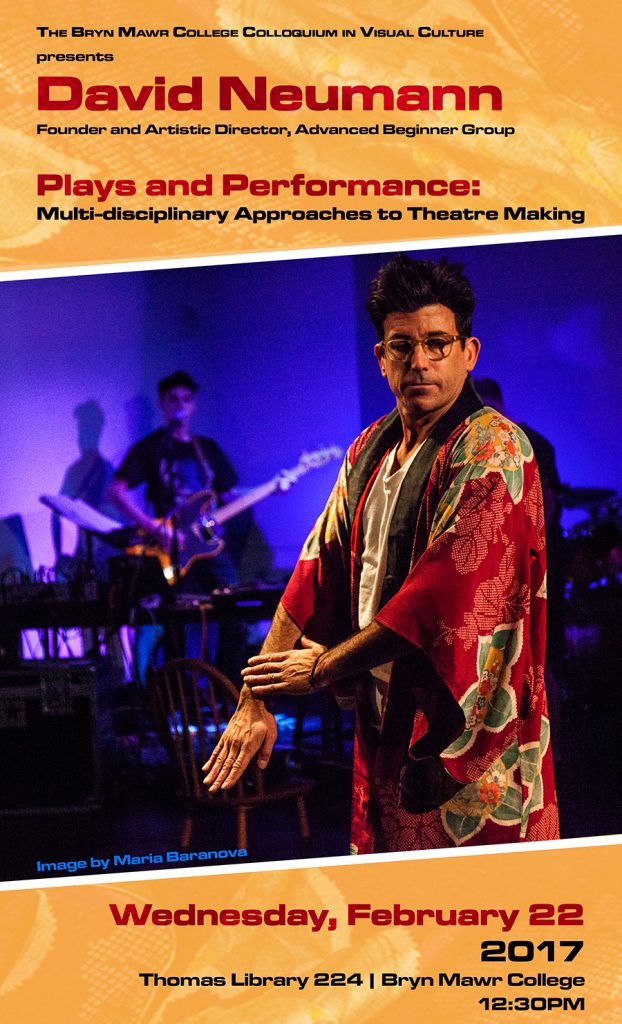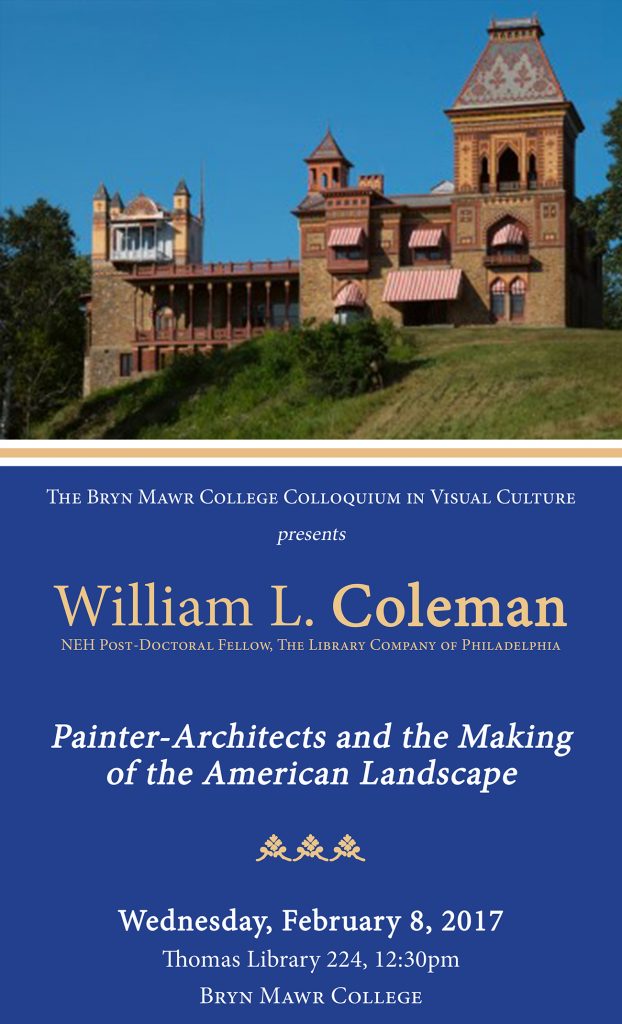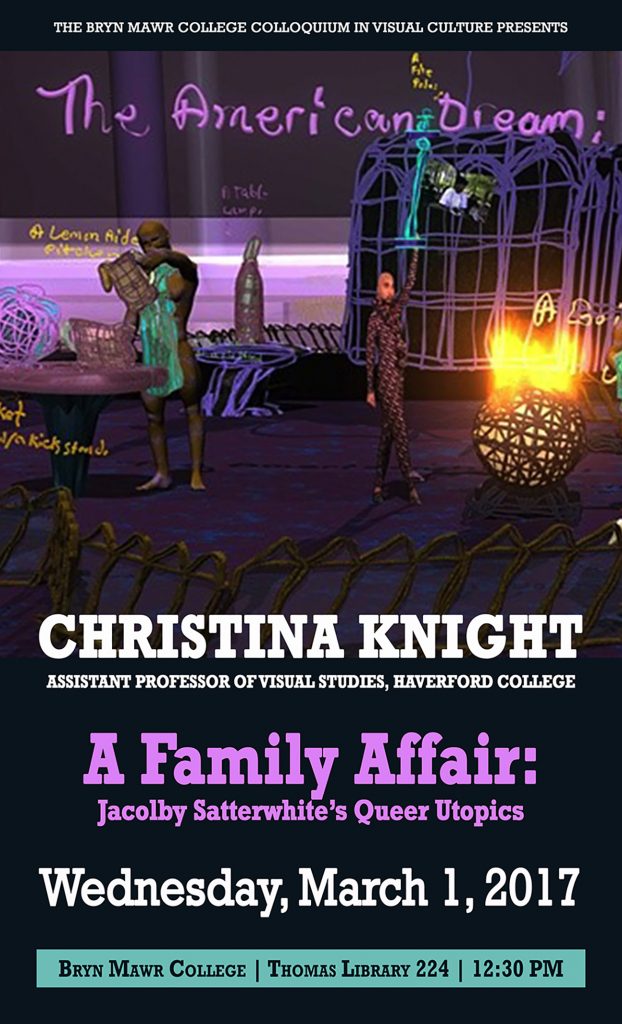Founder and Artistic Director, Advanced Beginner Group
“Plays and Performance: Multi-disciplinary Approaches to Theatre Making”
David Neumann’s Advanced Beginner Group’s original work has been presented in New York at PS 122, New York Live Arts, The Kitchen, Abrons Arts Center, Central Park Summerstage (where he collaborated with John Giorno), Celebrate Brooklyn, Symphony Space (where he collaborated with Laurie Anderson), The Chocolate Factory and The Whitney. ABG has also performed at the Walker Art Center, Alverno College, MASS MoCA, The Ringling Festival and the American Dance Institute, among others. Neumann was a performer for many years working with, among others, Mikhail Baryshnikov, Big Dance Theater, Doug Elkins, Doug Varone and Sally Silvers. Recent projects include: choreographer on Futurity (Ars Nova and Soho Rep), An Octoroon at Soho Rep/Theater for a New Audience, directing Geoff Sobelle in The Object Lesson at BAM, and choreographing Hagoromo at BAM Harvey with Wendy Whelan and Jock Soto. Recent projects include: Hadestown at NYTW, The Total Bent at the Public Theater and War at LCT III. He is currently professor of theater at Sarah Lawrence College. Most recently, Neumann’s work, I Understand Everything Better received two 2016 NY Dance and Performance Bessie Awards, one for Outstanding Production and one for Outstanding Sound Design/Music Composition. This year he has been named a 2016 Artist in Residence at the SETI Institute and was awarded a Robert Rauschenberg Residency. Over the years Neumann has received three “Bessie” Awards, a Foundation for Contemporary Arts Award, an Asian Cultural Council Fellowship (Noh immersive), and support from the Rockefeller Foundation, Creative Capital, NYFA and National Dance Projects among others.











